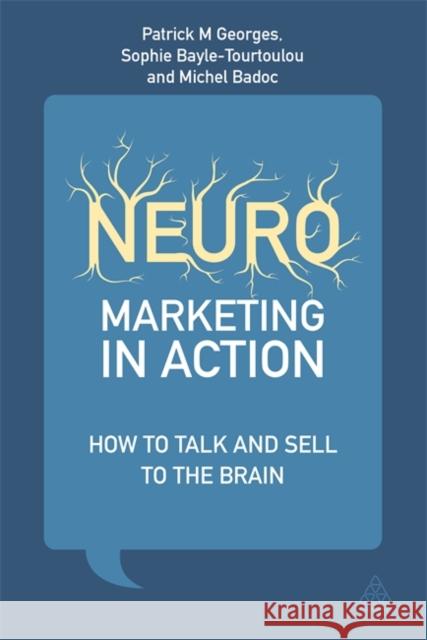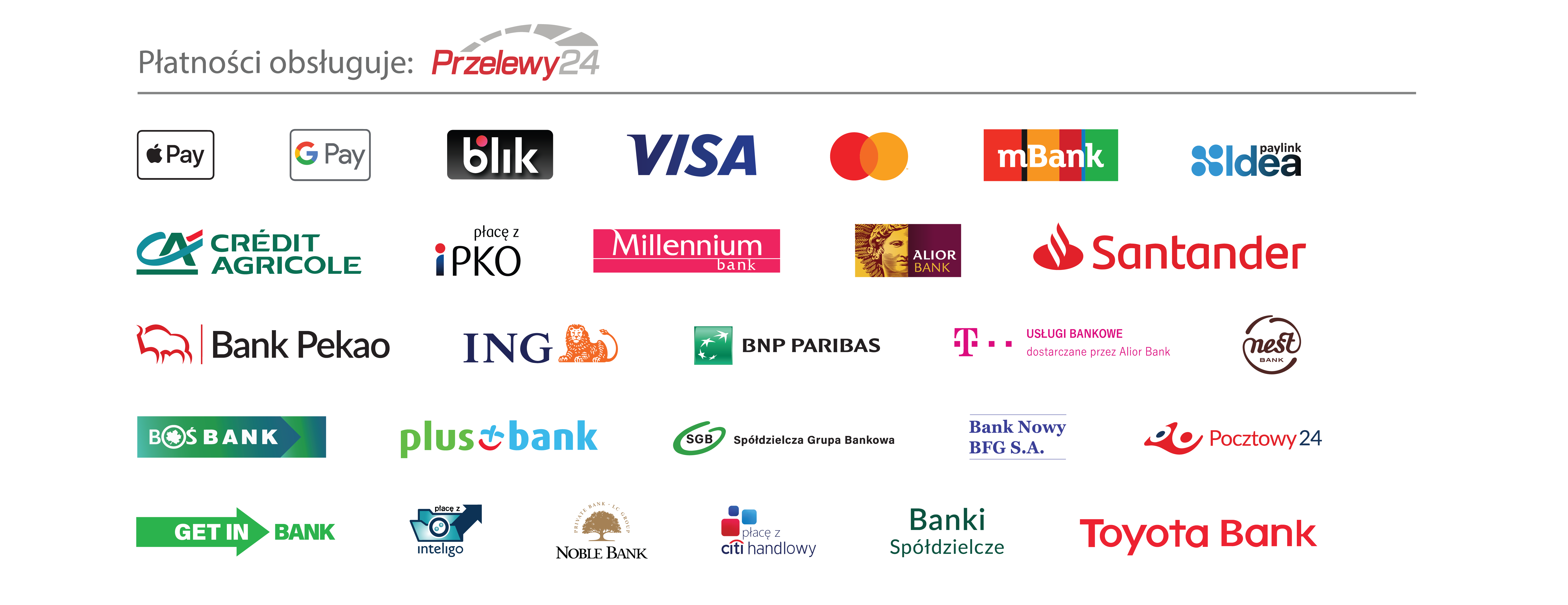Neuromarketing in Action: How to Talk and Sell to the Brain » książka
Neuromarketing in Action: How to Talk and Sell to the Brain
ISBN-13: 9780749476144 / Angielski / Twarda / 2015 / 280 str.
Neuromarketing in Action: How to Talk and Sell to the Brain
ISBN-13: 9780749476144 / Angielski / Twarda / 2015 / 280 str.
(netto: 620,30 VAT: 5%)
Najniższa cena z 30 dni: 408,29 zł
ok. 16-18 dni roboczych.
Darmowa dostawa!
For a phenomenon that is less than 10 years old, neuromarketing is now recognized as an important trend in the development of marketing techniques and applications.
Providing a focused and in-depth examination of marketing research that studies consumers' sensorimotor, cognitive and affective responses to marketing stimuli, Neuromarketing in Action shows both the scientific frameworks and the practical applications of this increasingly popular marketing tool. The authors showcase the latest thinking on brain function and intelligence, and the subconscious influences on consumer behavior, referencing global brands such as Chanel, Lacoste, Amazon and Nike. In addition, they examine the ways in which marketing efficiency can be improved through the satisfaction of the customer's senses, emotions, memory and conscience - both in terms of current marketing activity (selling methods, sensory marketing, product modification) and potential future developments (value innovation, sensory brands, increased interaction with social networks and permission marketing).Neuromarketing in Action provides an in-depth review of how the brain functions and the ways in which it unconsciously influences consumer behaviour. It shows both the scientific frameworks and the practical applications of this increasingly popular marketing tool. Referencing many global brands such as such as Aston Martin, Hermes, Virgin, Facebook, Ralph Lauren and Fuji, the authors, whose background covers both neuroscience and marketing, showcase the latest thinking on brain function and intelligence, and on the subconscious influences on consumer behaviour. Neuromarketing in Action then examines the ways in which marketing efficiency can be improved through the satisfaction of the customers senses, emotions, memory and conscience and looks at the impact on current marketing activities such as selling methods, sensory marketing and product modification, and on future strategies like value innovation, sensory brands, increased interaction with social networks and permission marketing.











